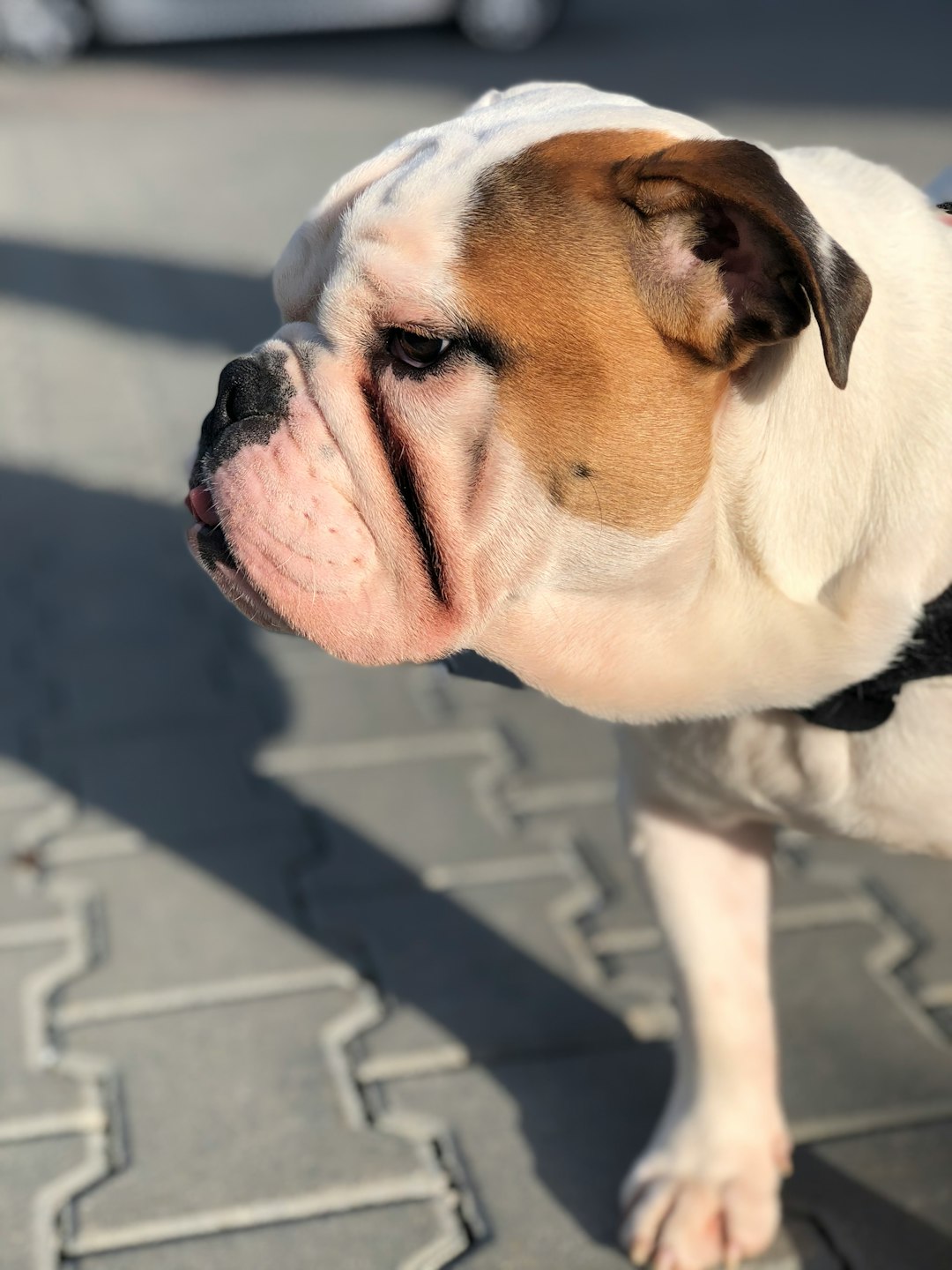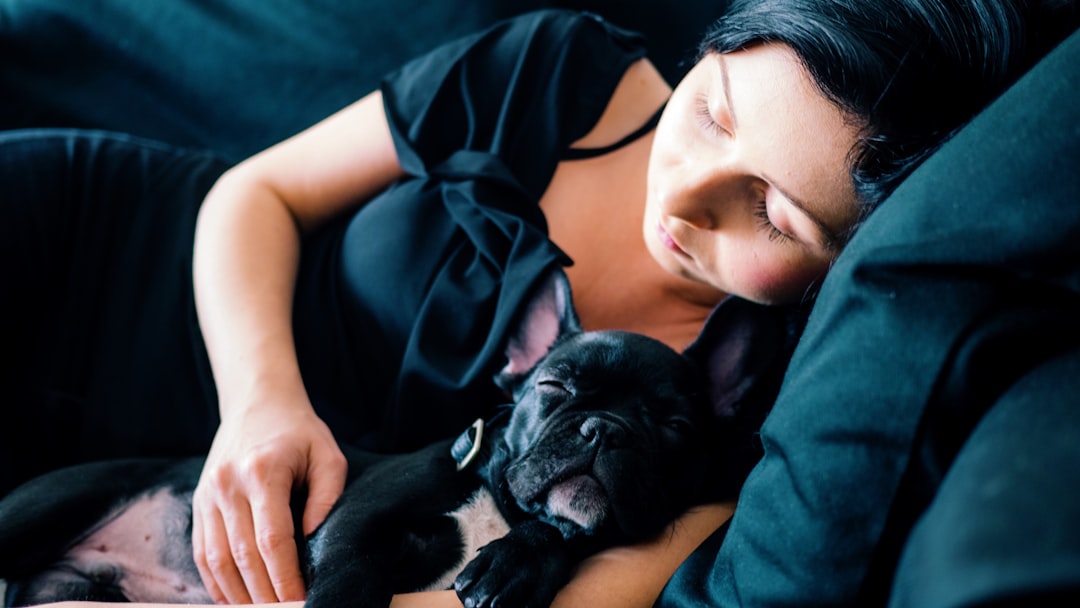Is your furry friend suddenly sipping water like it’s going out of style? You’re not alone! Many dog owners find themselves scratching their heads over the puzzling phenomenon of a dog drinking a lot of water. While hydration is vital for our canine companions, increased thirst can signal underlying issues that need attention. Buckle up, as we dive into the common causes and concerns surrounding your pup’s newfound love for the water bowl. After all, when it comes to our pooches, it’s always better to be safe than sorry!
Understanding Normal Drinking Habits in Dogs
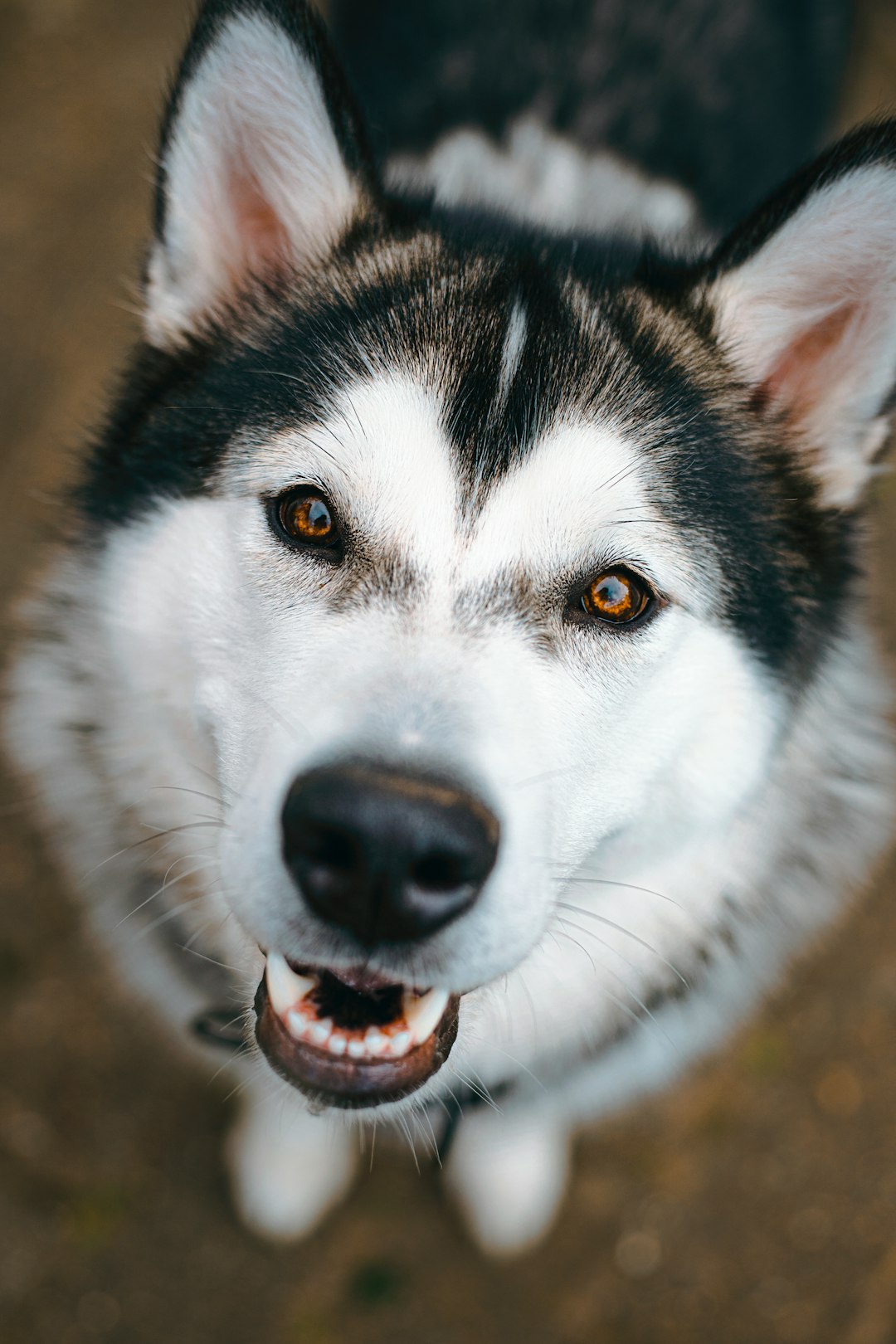
Every dog has its quirks, including how much water they guzzle down. Just like we might sip an espresso or dive into a tall glass of lemonade, dogs also have their drink preferences. So, how do you determine what’s normal for your furry companion?
Typical Water Intake:
- Small breeds: 1/2 to 1 ounce per pound of body weight.
- Medium breeds: 1/2 to 1 ounce per pound, depending on activity.
- Large breeds: Approximately 1 ounce per pound.
Factors Influencing Water Intake:
- Size: Bigger dogs drink more!
- Activity Level: A spirited game of fetch? Expect increased hydration needs!
- Weather Conditions: Hot, humid days mean more thirst—think of a dog drinking a lot of water while lounging under the sun.
- Diet: If they’re munching on dry kibble, prepare for extra hydration.
In a nutshell, although your dog drinking a lot of water might seem alarming, it can often be perfectly normal. Just keep an eye on their habits and ensure they stay hydrated without turning into a water fountain!
Common Medical Conditions That Cause Increased Thirst

When your dog drinking a lot of water, it might just be thirsty. But sometimes, increased thirst signals a need for a vet check-up. Here are a few common medical culprits:
- Diabetes Mellitus: If your pup is urinating frequently along with that increased water intake, diabetes could be the reason. It’s like your dog turned into a mini sponge!
- Kidney Disease: Dehydration pushes the kidneys into overdrive, leading your pooch to drink more to compensate. Think of it as your dog channeling their inner camel.
- Cushing’s Disease: This sneaky condition can lead to excessive thirst and urination, making your dog feel like a water fountain with no off switch.
- Liver Disease: The liver processes fluids, and if it’s not up to snuff, your dog may feel thirsty all the time.
Quick Comparison Table of Conditions
| Condition | Symptoms | Action |
|---|---|---|
| Diabetes Mellitus | Increased thirst & urination | Consult a vet |
| Kidney Disease | Lethargy, increased thirst | Seek medical advice |
| Cushing’s Disease | Fatigue & pot-bellied appearance | Schedule a check-up |
| Liver Disease | Loss of appetite & vomiting | Time for a vet visit |
If you notice your dog drinking a lot of water alongside other symptoms, a quick trip to your veterinarian can ensure all is well!
The Role of Diet in Your Dog’s Water Intake
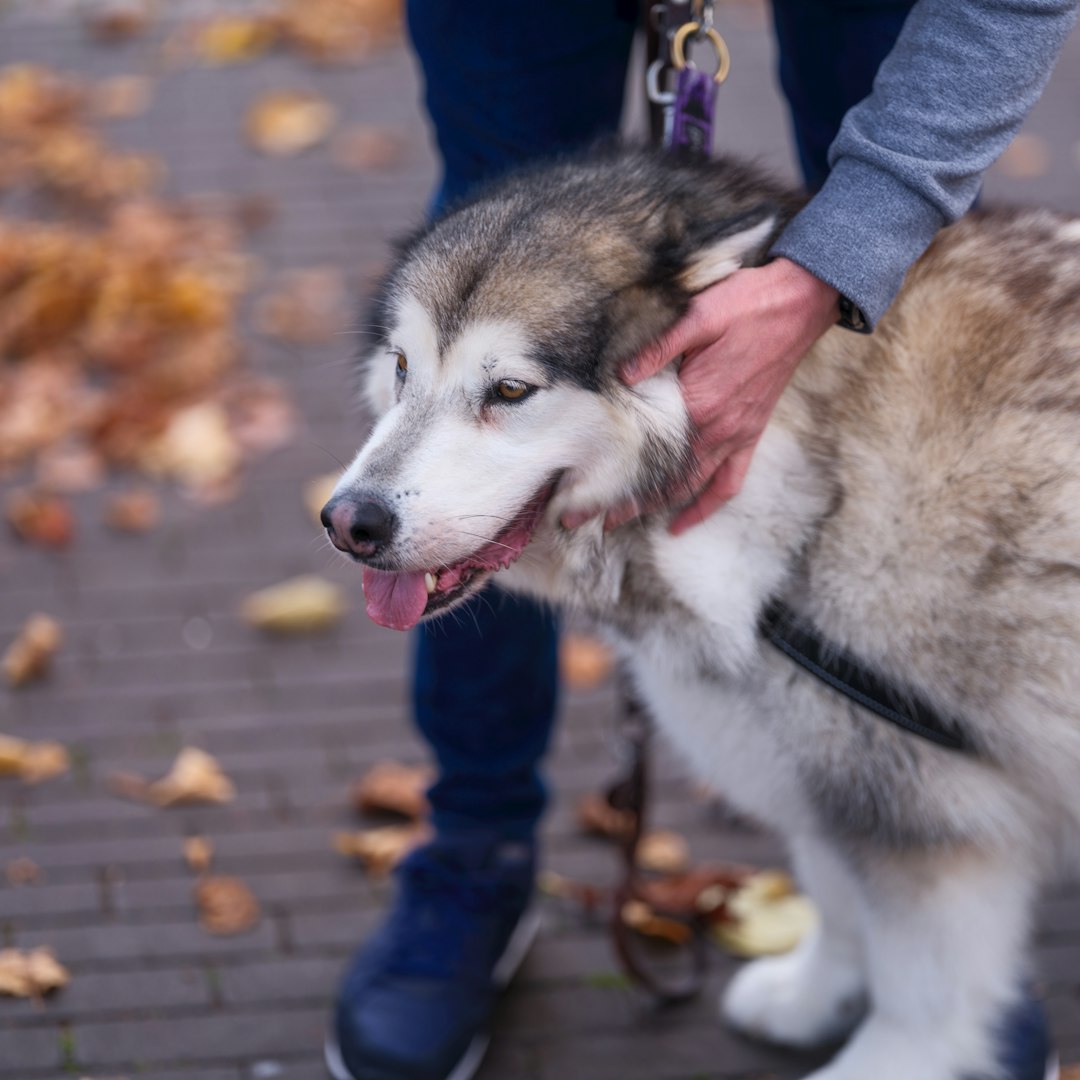
Did you know that the food your dog munches on plays a significant role in how much water it drinks? If you’ve noticed your dog drinking a lot of water, it might be time to evaluate its diet. Here’s why:
- Dry vs. Wet Food:
- Dry kibble typically contains around 10% moisture. Consequently, your furry friend may need to drink more water to stay hydrated.
- Wet food can be a game-changer, boasting up to 80% moisture. Thus, your dog might sip less if you switch it up!
- High-Salt Snacks:
- Tasty treats can sometimes be salty. If you’re spoiling your pup with these goodies, it might lead to excessive thirst—a.k.a., that dog drinking a lot of water phenomenon!
- Nutritional Quality:
- A diet lacking essential nutrients can make your dog’s body work overtime, leading to increased water consumption. A well-balanced diet is key!
Quick Tips:
- Mix it Up: Consider incorporating wet food into your dog’s diet.
- Monitor Treats: Keep an eye on the salt content of snacks.
- Vet’s Input: Always consult your vet when changing your dog’s diet.
In summary, what goes into your dog’s bowl can directly influence how much it drinks! So, pay attention, and your pup will thank you with wagging tails!
How Medications Can Affect Your Dog’s Thirst
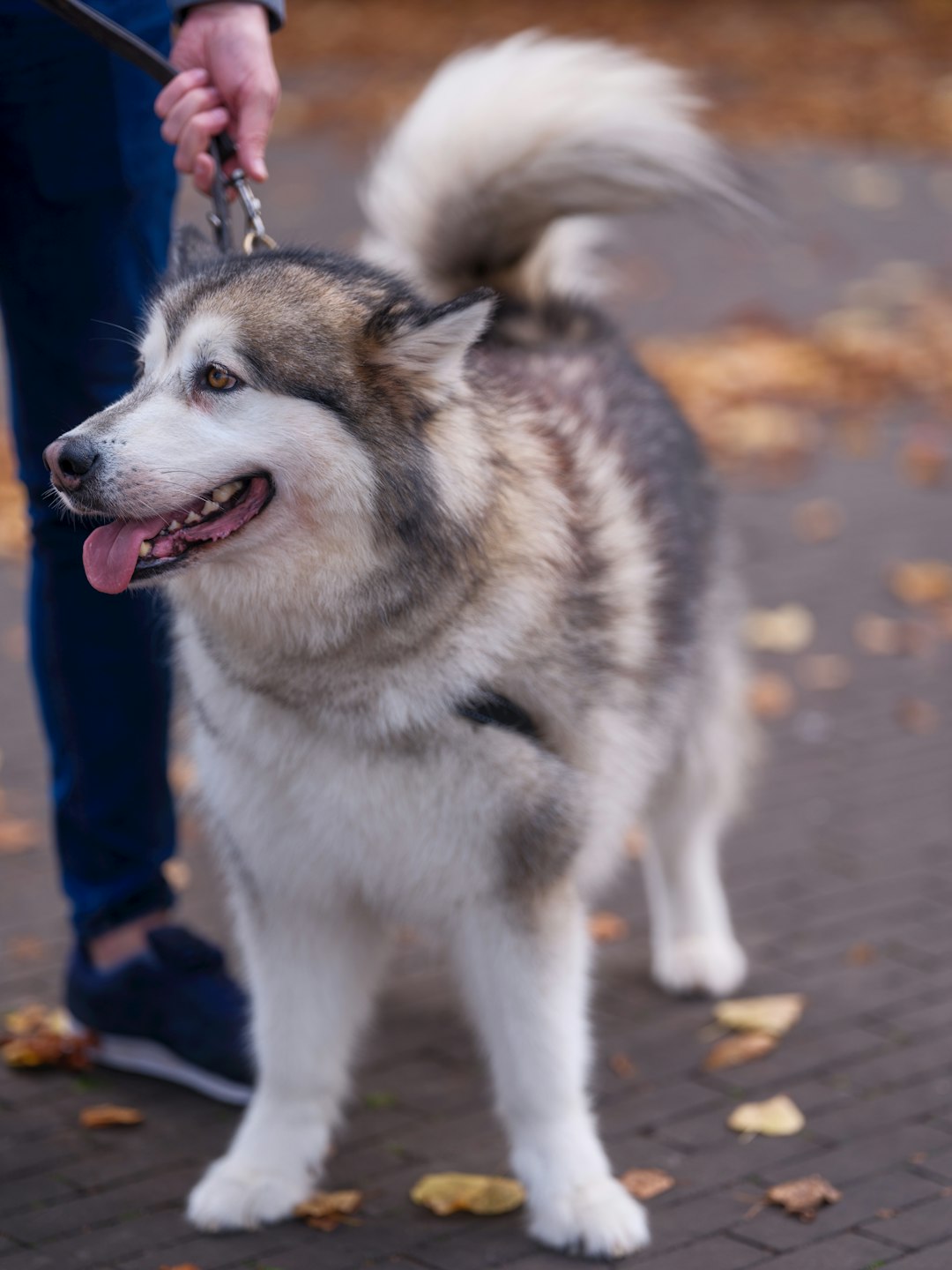
If you’ve noticed your furry friend becoming a dog drinking a lot of water, it’s time to take a closer look at their medication cabinet. Certain prescriptions can turn your pooch into a water-guzzling machine. Here’s how:
- Diuretics: These medications promote urine production, causing your dog to drink more to stay hydrated. Think of them as your dog’s personal hydration coach—just without the gym membership!
- Steroids: Corticosteroids can lead to increased thirst as they affect your dog’s fluid balance. Your dog might end up needing a bigger bowl, and who doesn’t want to see a Great Dane struggling with a pint-sized dish?
- Antidepressants: Some can lead to dehydration, compelling your dog to hydrate like they’re preparing for a marathon.
Comparison of Medications and Their Effects
| Medication Class | Effect on Thirst |
|---|---|
| Diuretics | Increases thirst |
| Steroids | Increases thirst |
| Antidepressants | Potentially increases thirst |
So, if your dog is drinking a lot more than usual, check those labels. If you suspect a medication is behind the change, consult your vet—after all, they know best!
Signs of Dehydration in Dogs to Watch For
Just like us, dogs need hydration to stay healthy, but if you notice your dog drinking a lot of water, it’s essential to keep an eye out for signs of dehydration too. After all, you don’t want your furry friend getting into a dry spell! Here are some classic red flags to watch for:
- Lethargy: If your pup seems slower than usual, it might be a sign of dehydration.
- Dry Gums or Nose: Feel for moisture. A dehydrated dog may have a dry nose or gums that lack that gleaming shine.
- Skin Elasticity: Gently pinch the skin on the back of their neck. If it doesn’t spring back quickly, this could signal dehydration.
- Increased Panting: Heavy panting can indicate discomfort and moisture loss.
- Loss of Appetite: If your dog suddenly decides they’re not hungry anymore, it might be time to check their hydration levels.
If your beloved buddy is chugging like there’s no tomorrow and showing any of these symptoms, don’t hesitate to contact your vet. Remember, staying hydrated should be a treat, not a trick!
When to Consult Your Veterinarian
Noticing a dog drinking a lot of water? It’s time to put on your thinking cap (and maybe your detective hat). While increased thirst can stem from perfectly ordinary reasons, it can also hint at underlying health issues that need a vet’s expertise. Here’s a nifty checklist for when to dial up your veterinarian:
- Excessive thirst: If your pup consumes noticeably more water than usual.
- Change in urination patterns: Frequent potting breaks or accidents in the house.
- Accompanying symptoms: Look for lethargy, vomiting, loss of appetite, or drastic weight changes.
- Duration: If your dog has been guzzling water like there’s no tomorrow for more than a few days.
Remember, prevention is key! Early intervention can help prevent serious health complications. 🐾 So, don’t hesitate to consult your veterinarian if you suspect your furry friend might be drinking a lot of water for more than just a thirst quench. Your dog’s health is worth a quick trip to the clinic!
Environmental Factors Influencing Water Consumption
Your furry friend’s water intake isn’t just a reflection of their physiological needs; it can also be shaped by their environment. If you’ve noticed your dog drinking a lot of water, consider these key factors:
- Temperature: Dogs tend to drink more during hot weather. If you’re sweltering under a summer sun, so is your pooch!
- Humidity: High humidity can dehydrate dogs, prompting them to guzzle down more water. Imagine a dry sponge versus a soggy one – that’s hydration in action!
- Exercise: After a vigorous play session or a long walk, you might find your dog gulping water like it’s their last meal. 🐾
- Living Conditions: Dogs living in arid environments may naturally drink more.
- Seasonal Changes: As temperatures fluctuate between seasons, so do hydration needs.
To wrap it up, if your dog drinking a lot of water seems out of the ordinary, consider their environmental context. You can observe, adjust, and keep them happy and hydrated!
Changes in Activity Levels and Their Impact
You might wonder why your dog drinking a lot of water can sometimes seem like a mystery wrapped in fur. But, guess what? Changes in their activity levels play a huge role in their hydration needs!
Consider these factors:
- Increased Exercise: If Fido just discovered a newfound love for fetch or went on an epic hike, expect him to sip more water post-adventure. Exercise means more panting, and panting means thirst!
- Weather Considerations: Hot days make your pup thirstier. Adjust their water supply accordingly, because no one wants a dehydrated pooch on a summer stroll!
- Age Matters: Older dogs or puppies may need different levels of hydration based on their activity. A senior dog might be less active, but watch out if he suddenly starts chasing his tail again.
In summary, when you notice your dog drinking a lot of water, take a little peek at their activity level. Is your pup a couch potato, or did he just join the canine Olympics? Understanding their habits can help you gauge what’s normal – and what’s worth discussing with your vet!
Preventative Measures to Ensure Healthy Hydration
Keeping your dog hydrated is no small task, especially if you notice your dog drinking a lot of water. Luckily, a few simple preventative measures can keep those tails wagging and water bowls brimming!
1. Fresh Water Availability
- Always provide clean, fresh water. Dogs are like us — no one wants to drink murky water!
- Change their water at least once a day, or more if they’re boisterous water lovers.
2. Monitor Food Intake
- Opt for a balanced diet. Dry kibble may lead to increased thirst, whereas wet food can naturally hydrate your pup.
- Always check labels for moisture content.
3. Regular Vet Check-ups
- Just like a well-care check for a car, regular vet visits can preempt potential health issues leading to excessive thirst.
4. Know Your Breeds
- Some breeds tend to drink more than others. Educating yourself can help set hydration expectations.
By taking these easy steps, you can ensure that your furry friend maintains a healthy and happy life, potentially reducing that dog drinking a lot of water concern!
Preventative Measures to Ensure Healthy Hydration
Ensuring your dog remains hydrated doesn’t have to be rocket science. A few simple steps can max out your furry friend’s hydration game, keeping that dog drinking a lot of water without any concerns. Here’s how you can promote healthy hydration:
- Fresh Water Daily: Always provide access to clean, fresh water. Replace it at least once a day or more if it looks suspiciously dirty.
- Regular Bowl Wash: Nothing says gourmet like a clean bowl! Rinse out your dog’s water bowl regularly to avoid bacteria buildup.
- Hydration Schedule: Set specific times during the day for water breaks—especially after meals or playtime.
- Monitor Their Intake: Keep an eye on how much your dog drinks. Too much or too little can signal issues.
- Flavoring it Up: If your dog is skeptical about that plain water, add a splash of low-sodium broth to entice them.
- Hydration-Friendly Foods: Consider incorporating wet food into your dog’s diet. More moisture? Yes, please!
By following these preventative measures, you’ll help keep your dog healthy and happy, while you keep your eye out for that classic dog drinking a lot of water behavior. Cheers to good health! 🐾
Frequently Asked Questions
Why is my dog suddenly drinking more water than usual?
If your canine companion is channeling their inner camel and hydrating like there’s no tomorrow, it might be time to check for some usual suspects. Increased thirst, medically known as polydipsia, can be a sign of various conditions like diabetes mellitus, kidney disease, or Cushing’s disease. So, while it might be fun to imagine them planning a desert expedition, it’s best to consult your vet to rule out any underlying health issues.
Is it normal for dogs to drink a lot of water in hot weather?
Absolutely! If the sun’s blazing and your pup is guzzling water like a pro, they’re just being smart about hydration. Just like us, dogs need more fluids when they’re sweating it out in the heat. However, if you’re noticing them chugging like it’s their job even after cooling down or taking breaks, it might be a good idea to investigate further. They might not be training for the Water Olympics, but staying hydrated is critical!
Should I be worried if my dog is drinking a lot of water?
While some excessive water intake might just be a sign of a parched pup, it’s essential to pay attention to their behavior. If they’re drinking excessively and you’re not sure why, coupled with symptoms like lethargy, frequent urination, or changes in appetite, it’s time to take action. Your furry friend isn’t trying to start a hydration revolution—usually, it indicates something that warrants a trip to the vet for a proper diagnosis or peace of mind.
Can certain dog foods cause increased thirst?
You bet! If your pooch just switched to a dry kibble that resembles rabbit food or is now on a high-salt diet, that could send their thirst levels through the roof. Dry foods usually require more water intake compared to wet foods, which are essentially swimming pools for their taste buds. If Fido is polishing off their bowl of kibble and then running to the water dish like it’s a marathon, your food choice might need a check-up too!


